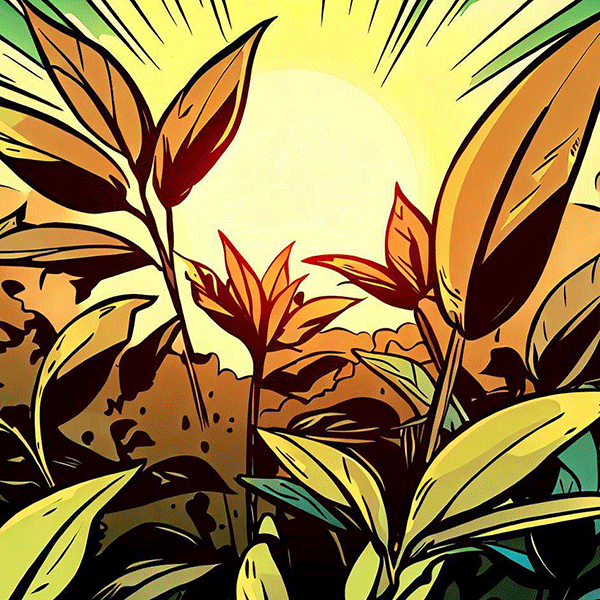Carbon: The Building Block of Life
Did you know carbon is like the main builder of life? It helps make many things that are part of life on Earth, like proteins, carbohydrates, and fats. Just like a world explorer, carbon atoms travel all around Earth’s air, oceans, plants, animals, and rocks. This big journey is called the carbon cycle.
The Carbon Cycle: A Grand Adventure
- Photosynthesis: The Plant Factories: The adventure of a carbon atom starts in the air, where it’s part of a molecule called carbon dioxide (CO2). Plants, algae, and some bacteria act like green factories. They take in CO2 and sunlight to make their food in a process called photosynthesis, and they give off oxygen for us to breathe.
- Respiration and Decay: The Circle of Life: When animals (including us humans!) eat these plants or other animals, they take in this carbon and use it to build their own bodies. But through a process called respiration, they turn some of this carbon back into CO2 and breathe it out. When plants and animals die, their bodies, wastes, and remains are broken down by bacteria and fungi, which is nature’s cleanup crew. This process is known as decay, and it also releases carbon back into the air as CO2.
- Storage and Release: Nature’s Time Capsules: Some carbon atoms might find themselves tucked away for a long break. Over millions of years, the remains of dead plants and animals can change into fossil fuels like coal, oil, and natural gas – these are like nature’s time capsules. When we burn these fossil fuels for energy, a process called combustion, we release this stored carbon back into the air as CO2.
- Dissolution: The Oceanic Vault: Oceans also play a big part in the carbon cycle, acting like Earth’s giant storage box. Some of the CO2 in the air dissolves into the ocean waters, where it can be used by sea plants for photosynthesis. Some of this carbon might also end up locked away deep in the ocean for hundreds of years.
The Delicate Balance
The carbon cycle is a careful balance. Usually, the amount of carbon let out into the air is the same as the amount taken out, keeping everything in balance. But things like burning fossil fuels and cutting down too many trees have upset this balance, leading to too much CO2 in the air. This extra CO2 is a big reason for global warming, which shows why it’s so important to understand and care for the carbon cycle.
So, next time you take a breath, think about the incredible journey each carbon atom has been on!
